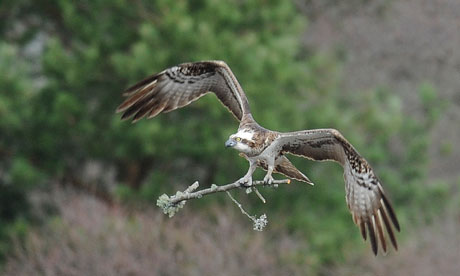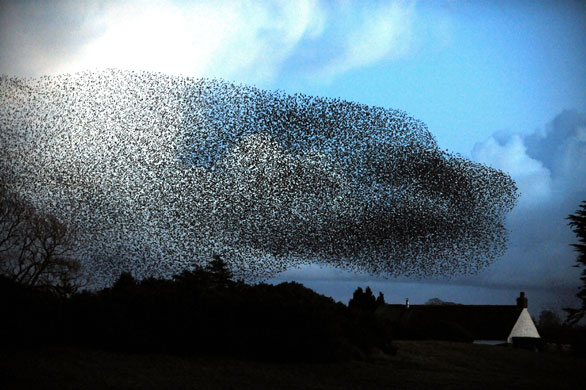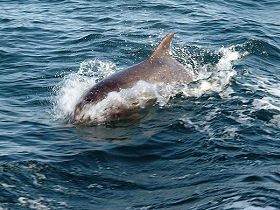
The oldest osprey of the UK – and probably the world – has returned to her eyrie in the Scottish highlands. When she left for West Africa at the end of last summer, no one expected her to return. At 26 she’s lived 3 times longer than most female ospreys. In her life she’s laid 58 eggs and hatched 48 chicks, a massive individual contribution to the survival of ospreys in Scotland, where there are still only about 200 breeding pairs. The questions now are if her mate will return and if she is still fertile. Events can be followed on the webcam of the Loch of the Lowes reserve.










